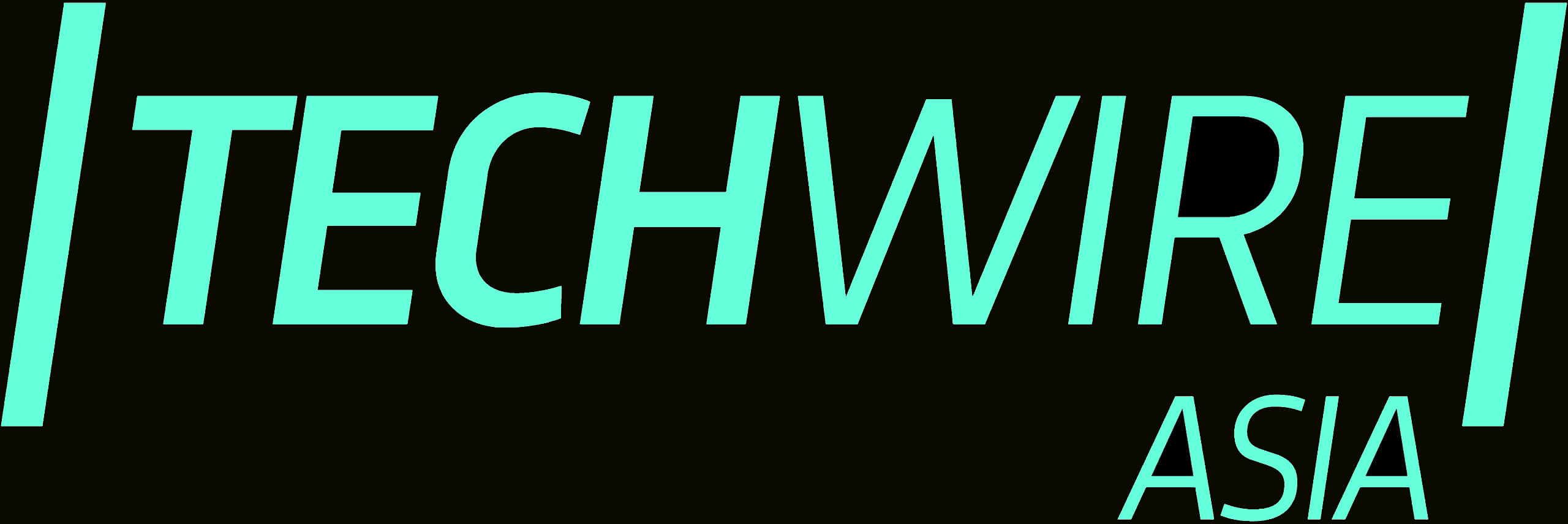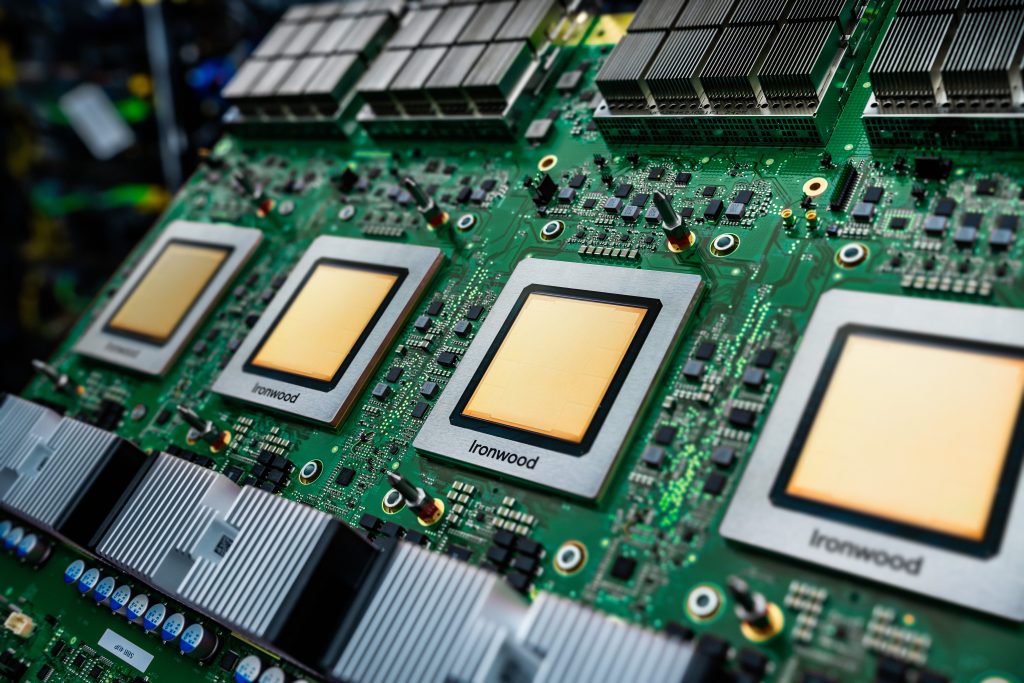- The AI disruption by DeepSeek caused significant US tech stock declines.
- Affordable, high-performing AI model challenges American multi-billion-dollar investments.
- Chinese startup’s free AI assistant dethrones ChatGPT on the US App Store..
The landscape of artificial intelligence witnessed a seismic shift in January 2025 as Chinese startup DeepSeek sent Silicon Valley into a tailspin, wiping billions off tech stock valuations and challenging the very foundations of how AI companies operate. In just 18 months since its founding, this Beijing-based company has achieved what countless others couldn’t: creating AI models that rival or surpass those from OpenAI, Google, and Anthropic while spending just a fraction of their budgets.
The startup reached new heights when its free AI assistant dethroned ChatGPT from the top spot in Apple’s US App Store, marking the first time a Chinese AI product has dominated the American market.
What makes the achievement particularly remarkable isn’t just the technological leap but how it has been accomplished – without the massive GPU farms, billion-dollar investments, or years of accumulated expertise that Silicon Valley deemed essential for AI advancement.
The immediate market response was dramatic and far-reaching. According to the South China Morning Post’s reporting, major tech stocks experienced significant declines, with industry leaders like Nvidia, Microsoft, and Meta seeing their valuations drop.
The reaction stems not just from DeepSeek’s technological achievements but also from what it implies about the billions already invested in AI infrastructure by US companies. The market’s response reflects a broader reassessment of the conventional wisdom that dominant AI development requires massive capital expenditure. While some analysts view this as a temporary market correction, others see it as a fundamental challenge to the business models of established AI companies.
What’s particularly significant is that many US tech companies have justified their soaring valuations based on assumptions that a capital-intensive approach to AI development creates an insurmountable competitive moat. However, it’s important to maintain perspective. Market volatility in the tech sector isn’t uncommon, and established players have weathered similar challenges. What makes this situation unique is the clear technological demonstration backing the market’s concerns, coupled with DeepSeek’s radically different approach to AI development and monetisation.
The technology behind the DeepSeek AI disruption
DeepSeek’s success isn’t merely about market positioning – it’s rooted in significant technical innovations detailed in The Algorithmic Bridge‘s analysis. Its approach to AI development prioritises efficiency over raw computing power, implementing several groundbreaking technical advances:
- Architecture innovations:
- Multi-head Latent Attention (MLA) significantly reduces memory bottlenecks in the transformer architecture
- Group Relative Policy Optimisation (GRPO) simplifies reinforcement learning while maintaining performance
- Elimination of complex systems like MCTS and PRM without sacrificing capability
- Optimisation strategies:
- Implementation of 8-bit precision quantisation for improved efficiency
- Strategic use of sparsity in model architecture
- Sophisticated Mixture of Experts approach that keeps only necessary parameters active during inference
- Multi-token prediction capabilities that effectively double inference speeds
Yet, it’s essential to maintain perspective. While DeepSeek has achieved impressive results with fewer resources, companies like Google and OpenAI may have unreleased advances of their own – but if so, why not release them, or at least, ‘tease’ their existence?. The Algorithmic Bridge notes that it’s challenging to know what top US labs have already trained but chosen to keep private.
Resource efficiency vs. scale
DeepSeek’s approach to resource utilisation represents a fundamental challenge to established thinking about AI development. Operating with fewer than 100,000 H100 GPUs – compared to Meta’s projected fleet of 1.3 million GPUs by late 2025 – the company has demonstrated that efficient architecture and innovative algorithms can potentially offset raw computational power.
Efficiency isn’t just about hardware. DeepSeek’s approach suggests a 10x improvement in resource utilisation compared to US labs when considering factors like development time, infrastructure costs, and model performance. However, this doesn’t necessarily invalidate the benefits of scale; instead, it suggests a more nuanced relationship between resources and results.
Open source strategy and market impact
DeepSeek’s commitment to open-source development and transparent research publication starkly contrasts the secretive approaches of major US tech companies. While this transparency has allowed the garnering of praise from venture capitalist Marc Andreessen (who called it “one of the most amazing and impressive breakthroughs”), it also raises questions about long-term competitive advantage.
Growing pains and infrastructure challenges
Despite its successes, DeepSeek faces significant challenges in scaling its operations. SCMP reports that the company’s sudden popularity led to severe infrastructure stress, resulting in server crashes and cybersecurity concerns that forced temporary registration limits. The company’s status page indicated its most extended period of outages in 90 days, coinciding with its rapid rise to prominence and the US timezones. The issues highlight the real-world challenges of scaling AI services, regardless of architectural efficiency.
While DeepSeek’s technology may be more resource-efficient, supporting a global user base requires robust infrastructure and security measures. The company’s response to these challenges, including temporary registration limits and rapid service restoration, demonstrates the difficulties of sudden scaling.
Geopolitical implications
The political dimension of DeepSeek’s rise cannot be ignored. Former US President Donald Trump’s characterisation of it as a “wake-up call” for American industry, as reported by SCMP, reflects broader concerns about technological competition between the US and China. However, the situation is more complex than simple national rivalry – it represents a fundamental challenge to established thinking about AI development.
Looking ahead
While DeepSeek’s achievements are remarkable, several questions remain unanswered. Can its efficient approach scale to meet growing demand? Will established players adapt their strategies in response? And how will this affect the broader AI industry’s development trajectory?
What’s clear is that DeepSeek has demonstrated an alternative path to AI advancement, prioritising algorithmic efficiency and open collaboration over raw computational power and secrecy. Whether this approach becomes the new paradigm or simply one of many viable strategies remains to be seen, but its impact on the industry is undeniable. The disruption may ultimately benefit the entire field, forcing a reevaluation of established practices and potentially leading to more efficient, accessible AI development methods.
Want to learn more about AI and big data from industry leaders? Check out AI & Big Data Expo taking place in Amsterdam, California, and London. The comprehensive event is co-located with other leading events including Intelligent Automation Conference, BlockX, Digital Transformation Week, and Cyber Security & Cloud Expo. Explore other upcoming enterprise technology events and webinars powered by TechForge here.








